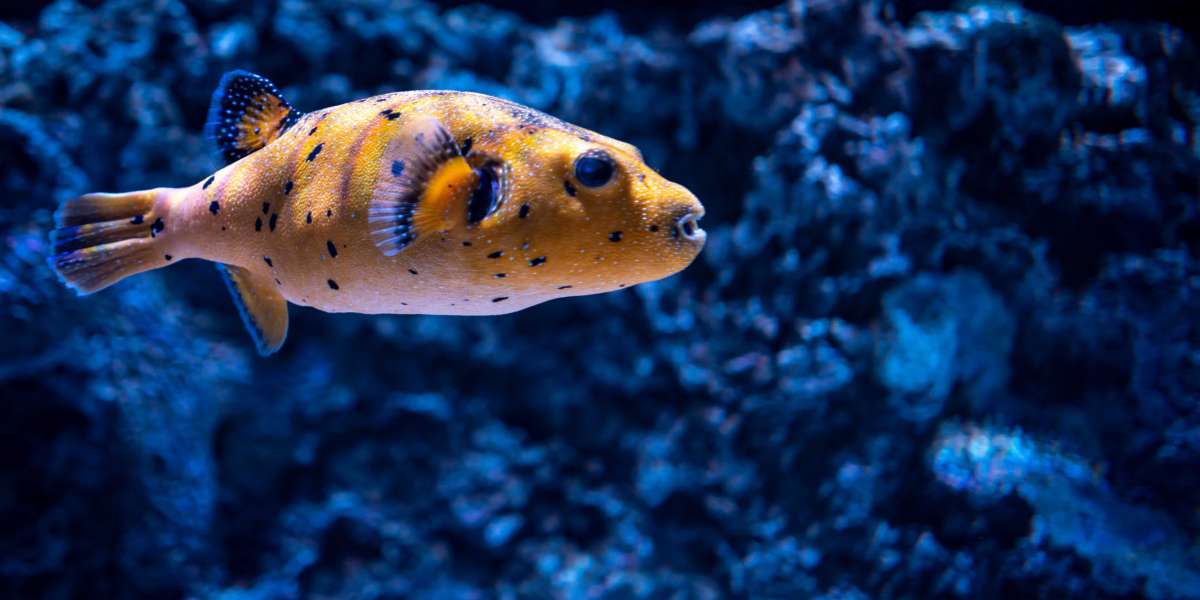Why Marine Biology Needs Smarter Tracking Tools
The ocean is full of life — and mystery. From endangered fish to elusive marine mammals, many species are struggling to survive in the face of climate change, habitat loss, and overfishing. To help them, marine biologists need tools that can track individual animals across time and tide without stressing or harming them.
That’s where the PIT tag reader comes in. This simple yet powerful device is changing the game in how researchers monitor aquatic life.
What Is a PIT Tag Reader?
It detects tiny microchips called Passive Integrated Transponders (PIT tags), which are safely implanted in fish or other marine animals. These tags don’t have batteries and last for years. When a tagged animal swims past a detection point, the reader records the tag’s ID, time, and location — sometimes even water temperature or salinity.
Once set up, the system quietly logs data around the clock, offering a non-intrusive way to gather valuable insights.
Top Benefits of Using a PIT Tag Reader in Marine Research
1. Long-Term Tracking of Individual Animals
It makes it possible to follow the journey of one fish — or thousands — across months or even years. This helps scientists understand:
Growth and survival rates
Spawning behaviors
Migration paths
Habitat usage
For species like flounder, trout, or sturgeon, long-term tracking is vital to mapping recovery and identifying threats.
2. Minimal Stress on Wildlife
Once the PIT tag is implanted, there’s no need to recapture the animal. The reader does all the work passively. That’s why conservation projects often prefer this system over external tags or frequent netting.
The hands-off approach is not only more ethical, it also leads to better, more natural behavior data.
3. Accuracy in Harsh Marine Conditions
Whether it's placed in estuaries, tidal zones, or coastal creeks, a tag reader delivers high detection accuracy in a variety of field conditions. Researchers can install multiple antennas to cover wider areas or adjust settings to work in saltwater environments where conductivity levels are higher.
With the right setup, it’s possible to monitor fish movement 24/7 with little interference.
Real-World Examples of PIT Tag Reader in Action
Gulf Coast Marsh Studies
Researchers along the U.S. Gulf Coast used this technology to study fish movement across marshland. Over time, they discovered how salinity changes and human-built levees affected fish survival — insights that helped guide wetland restoration efforts.
Salmon Recovery in the Pacific Northwest
PIT tag systems in the Columbia River have tracked millions of salmon and steelhead over decades. Data collected from each tag reader has influenced everything from hatchery releases to dam operations,
Choosing the Right System
Not all systems are created equal. When selecting a tag reader, researchers consider:
Antenna range and design
Tag size compatibility
Power source (solar, battery, or direct)
Storage and remote access features
Brands like Biomark, Lotek, and Oregon RFID are trusted providers with models designed for both freshwater and marine conditions.
The Bigger Picture: Better Science, Smarter Conservation
When several readers are placed strategically across a region, researchers gain a much clearer picture of how species interact with the environment. This kind of networked data helps:
Identify critical habitats
Pinpoint migration barriers
Predict responses to climate change
Support protected area planning
And because it's low-maintenance, a PIT tag reader frees up time and budget for deeper analysis, collaboration, and on-the-ground conservation work.
Final Thoughts
It may not look like much — just a small box and a loop of wire — but its impact on marine biology is enormous. It provides accurate, long-term, and ethical monitoring of aquatic species, helping scientists gather the kind of data that saves ecosystems.
If your goal is smarter research and more effective marine conservation, this is one tool you don’t want to overlook.








